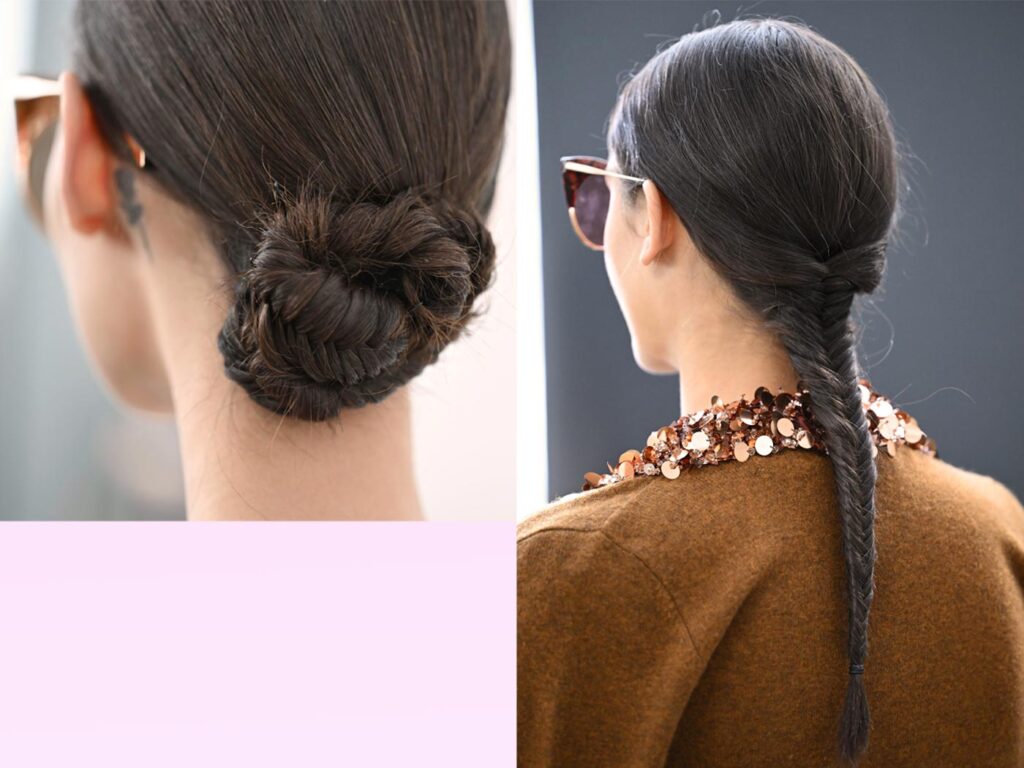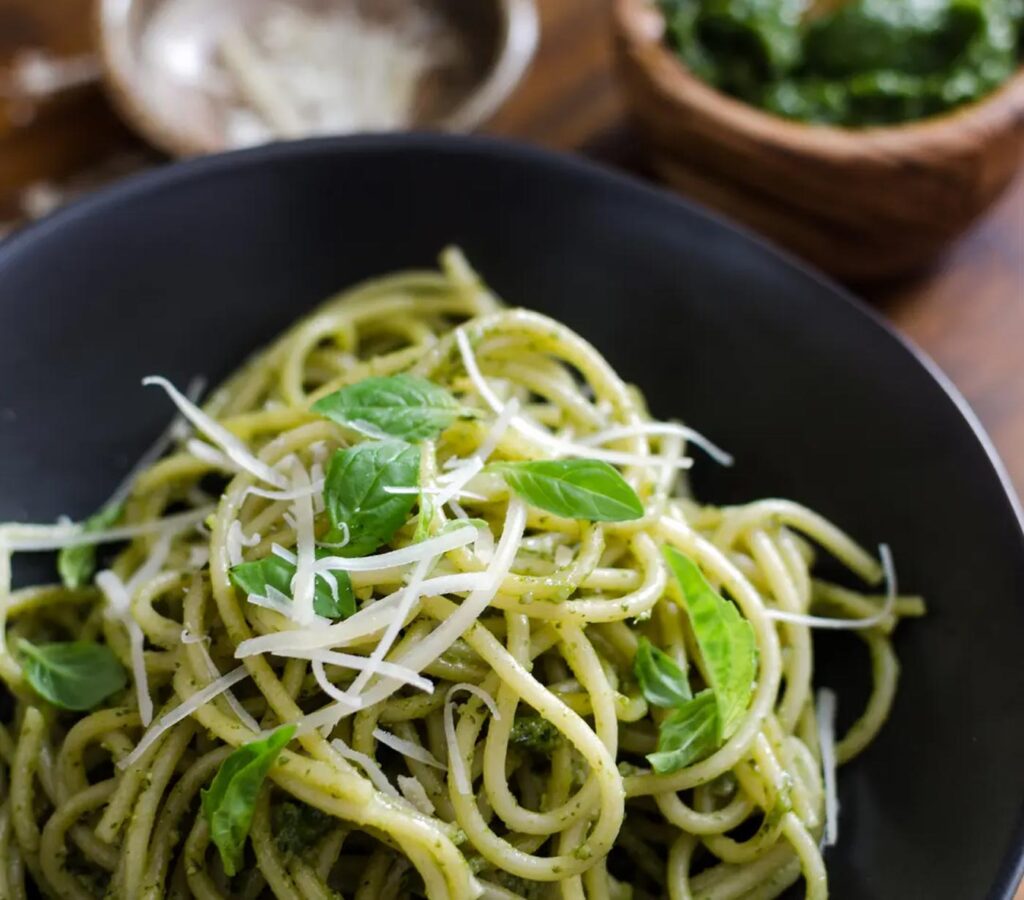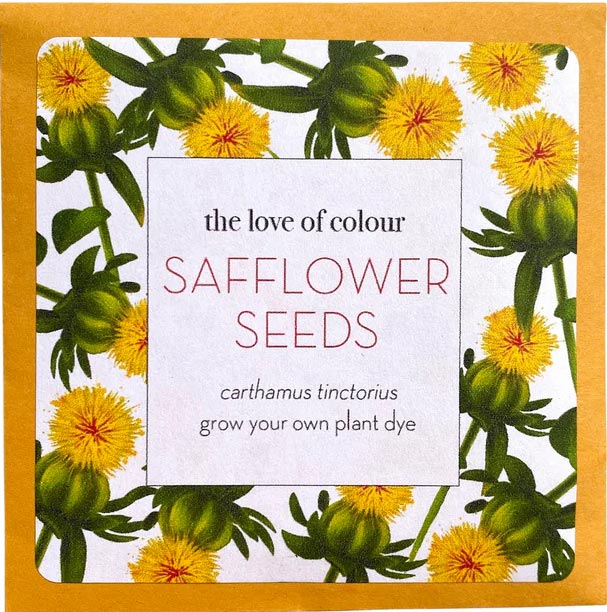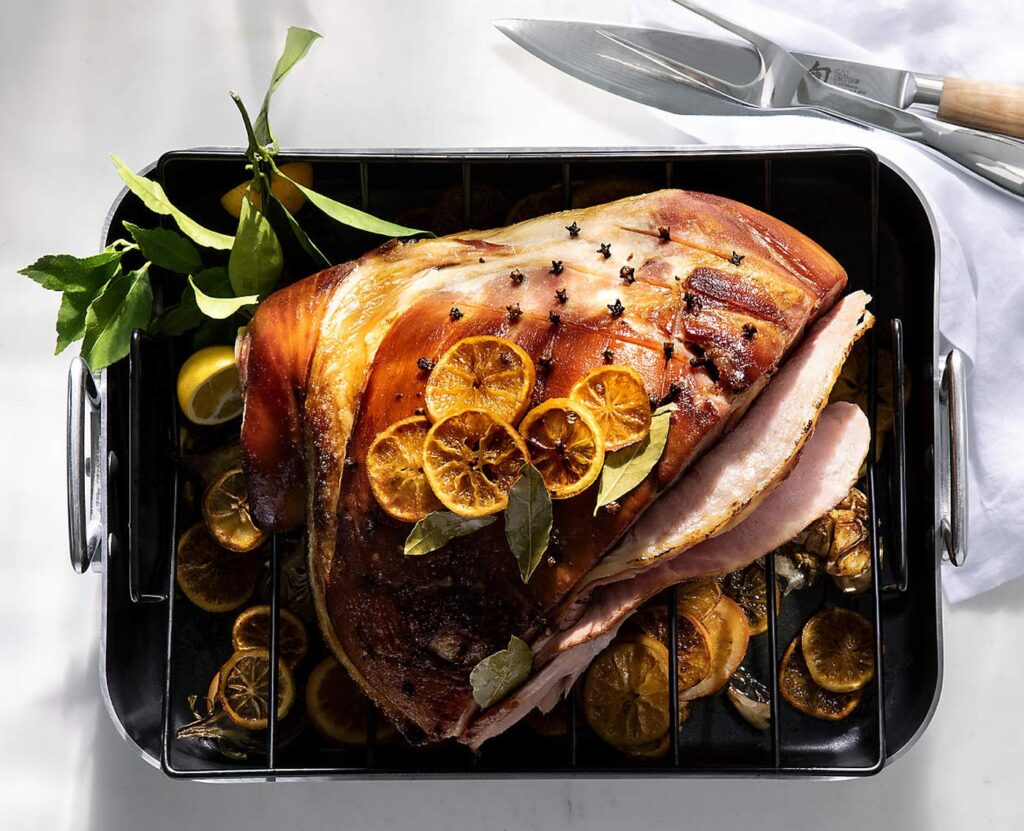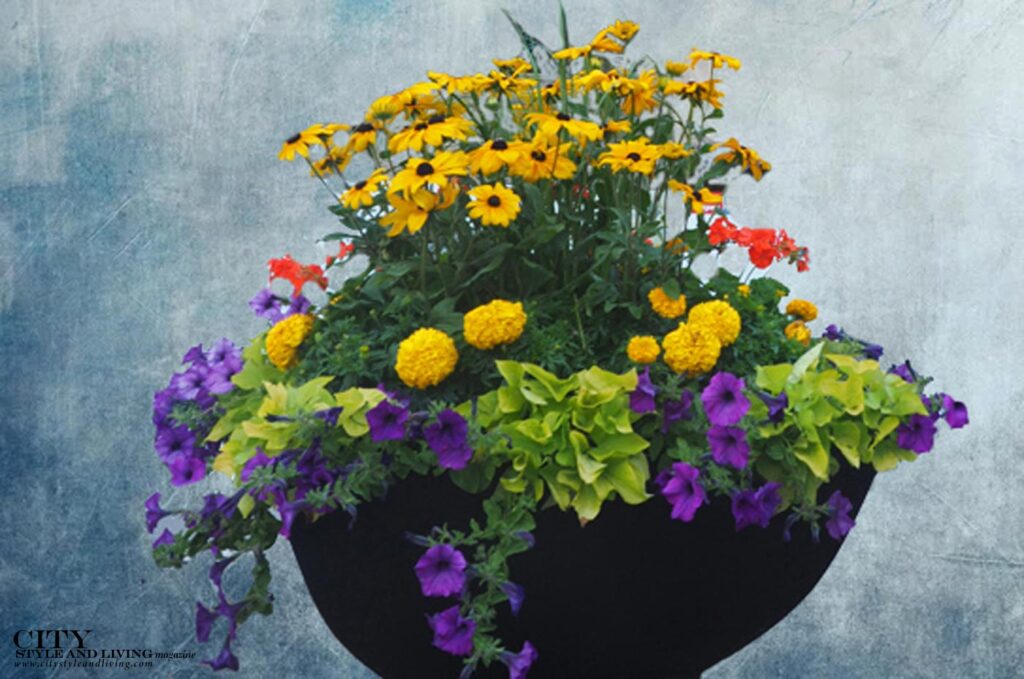
What is a saké samurai?
Saké Samurai is a title, bestowed by the Japan Brewers Association – Junior Council, to individuals for their outstanding contribution to the understanding, appreciation or promotion of sake. My ceremony was in 2018. There are less than a hundred Saké Samurai and less than 2 dozen non-Japanese Saké Samurai in the world.
What kind of training is involved to become a saké samurai?
There is no ‘training’ nor course, as this is not a “certification” open to anyone to apply or to study to attain. It is a recognition from The Japan Brewers Association, which represents one of the most significant cultural icons of Japan. So, rather than someone soliciting to achieve a title, it is more about receiving recognition by this official body, for life-long work dedicated to expanding awareness for saké globally.
What first interested you in sake, and becoming a saké samurai?
I have a long history and learning passion with Japan, starting with formal Japan studies, including a year in a University in Tokyo in the 1980s. Post university, with my career path I started working in Japanese companies, where ultimately, I was exposed to delicious saké. When I returned to Canada and launched my company in 1996, I began importing premium saké into Canada, as there were no Premium sakés available and I was determined to share this with Canadians.
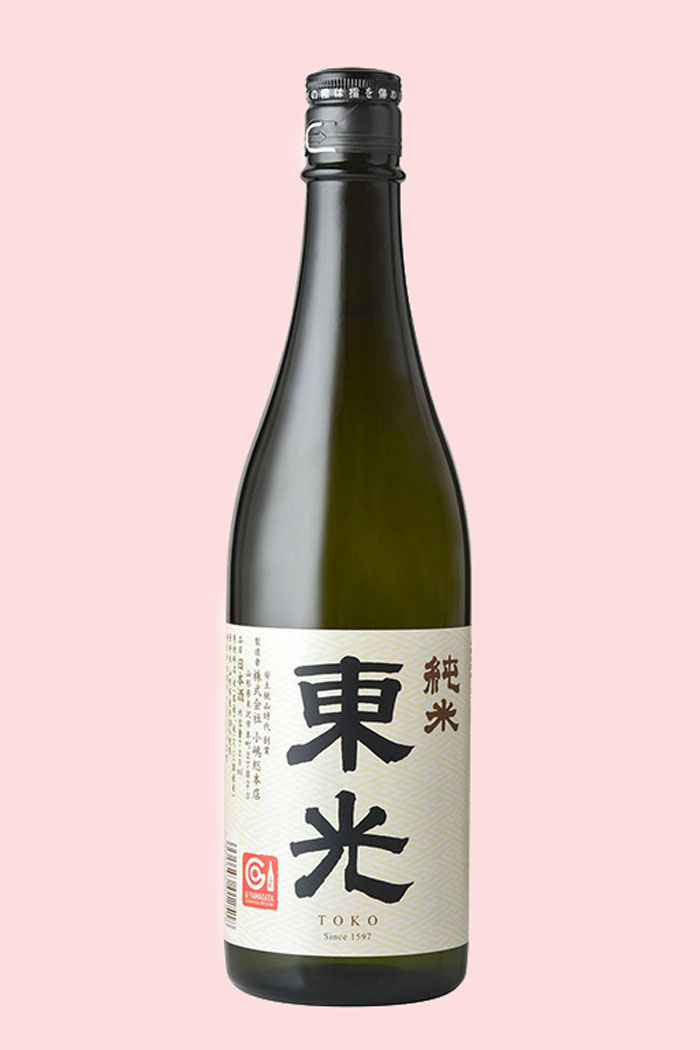
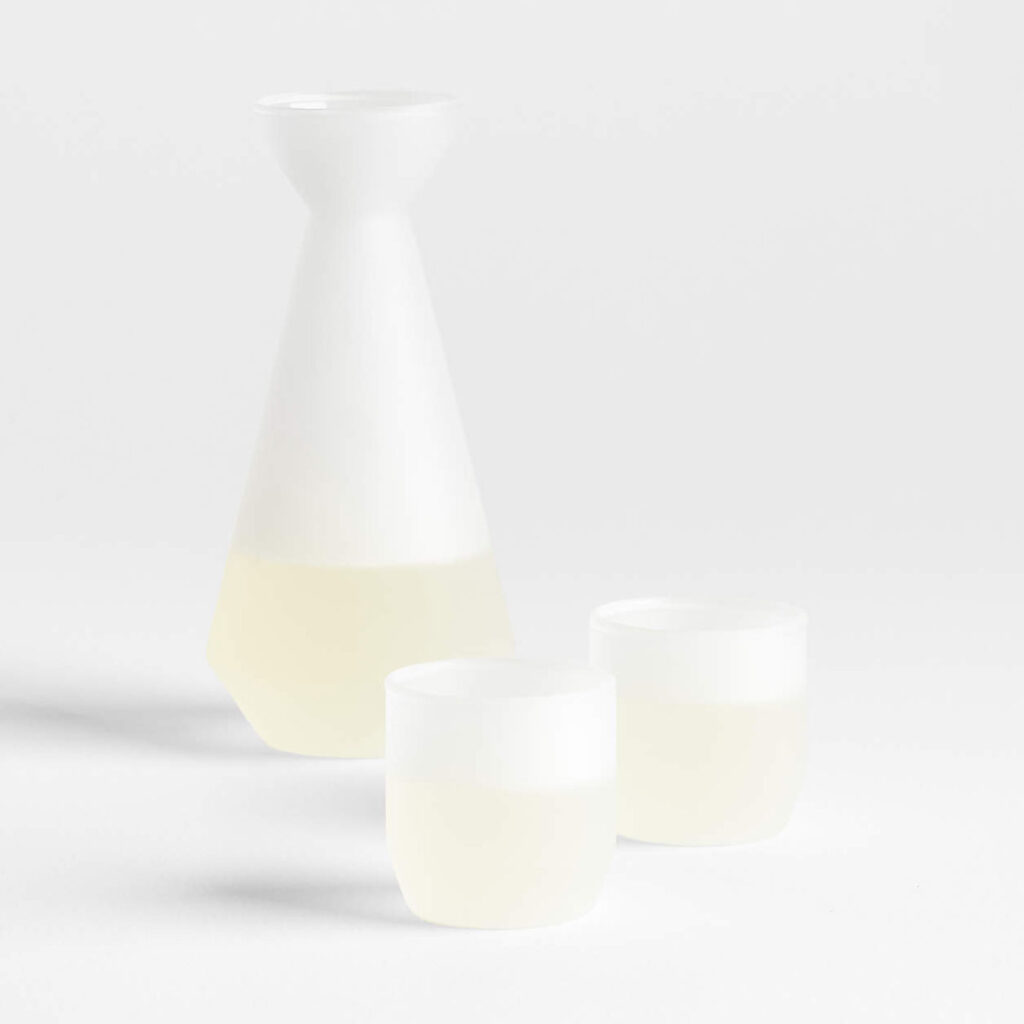
Toko Junmai
Unique in its unusually high 40% rice polish (percent of bran removed), producing a more refined presence. Soft, delicate texture spreads across the palate, along with sweet fragrance of ripening melon and bananas. Enjoy warm or chilled.
DID YOU KNOW? Recipients of the title saké samurai can include saké brewers, sommeliers, educators, journalists, and other professionals who have made significant contributions to the saké world. Each year, a small number of individuals are inducted into the Saké Samurai ranks in a ceremony held in Kyoto, Japan.
SAKÉ 101
Everything You Need to Know
Made from rice, water and yeast, saké is unique among all other alcohol (wine, beer, spirits). It is brewed using “multiple parallel fermentation” instead of distilled. With 14 to 16 percent alcohol, it is closest to white wine in appearance. Saké has an earthy, slightly sweet and prominent fermented taste. Serve it chilled in a wine glass to capture its aromas.
TYPES OF SAKÉ
Though there are a wide variety of styles (sparkling, unpasteurized, undiluted, extra dry etc.), saké is formally placed into three major categories, mainly based on rice polish levels. Here is a quick guide:
Daiginjo/Junmai Daiginjo
Minimum 50% rice polish
Notes: Fragrant, fruity with lighter, delicate textures
Ginjo/Junmai Ginjo
Minimum 40% rice polish
Notes: Fruity, floral delicate flavours
Junmai/ Honjozo
Minimum 30% rice polish
Notes: Refined, delicate, easy drinking sakés with more savoury notes.
Junmai means that no brewers alcohol has been added, while Honjozo contains a small amount of distilled alcohol. This is for stylistic purposes but is no reflection of a higher/lower quality level.
All information provided by Canadian Saké Samurai Patrick Ellis of Blue Note Sake
This original article first appeared in the FALL 2024 issue of City Style and Living Magazine.
Get More Inspiration
from City Style and Living





